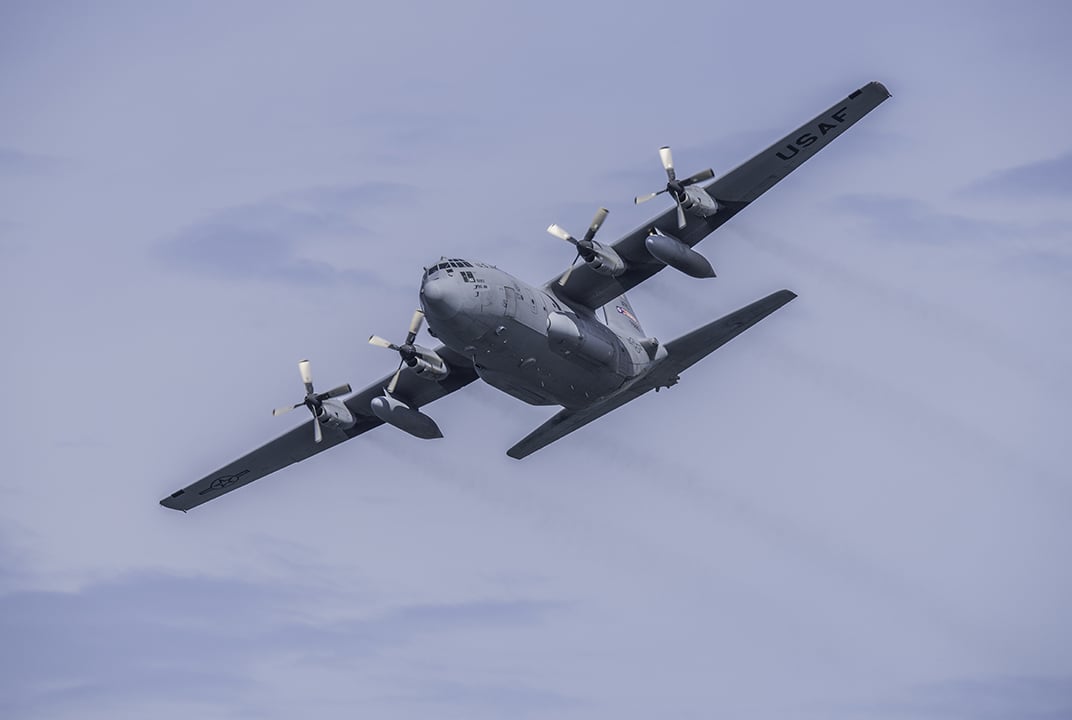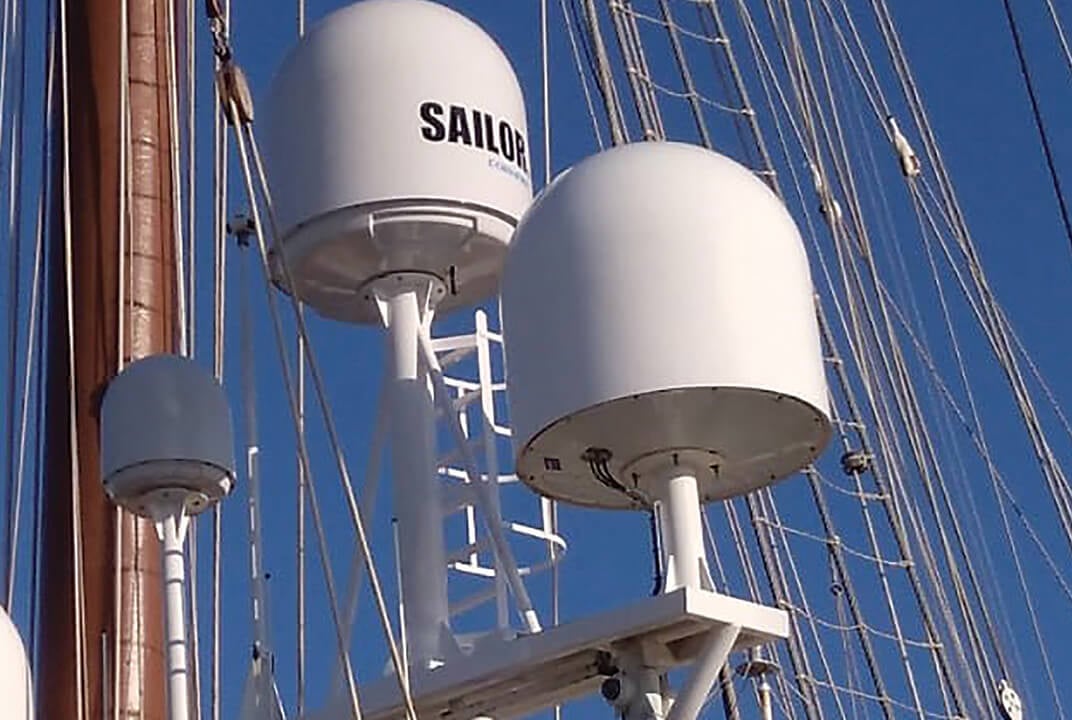Insight | Insatiable SATCOM demand…and the need for commercial operators to complement military satellite resources
Insatiable SATCOM demand…and the need for commercial operators to complement military satellite resources
null
Inmarsat US Government Senior Vice President Rebecca M. Cowen-Hirsch looks at the U.S. Department of Defense’s growing urgency to access satcoms at a moment’s notice as world challenges continue to rise and how commercial operators can help.
There is no doubt the U.S. government needs access to reliable satellite communications (SATCOM) connectivity almost everywhere, at any given time. Government and military forces must deploy at a moment’s notice, to conduct surveillance over the Middle East, provide disaster response in the western Pacific’s Ring of Fire or offer telemedicine support for disease control in West Africa, among many other urgent global missions.
Once in theatre, the military transmits a wide range of extremely data-intensive applications including high-quality Command and Control (C2), streaming video for Intelligence, Surveillance and Reconnaissance (ISR) and Communications-on-the-Move (COTM), to name just a few capabilities that enable and enhance our military strength and competencies.
Meeting this ever-expanding, almost insatiable need for SATCOM has been a continual topic of conversation both inside and outside the U.S. Department of Defense (DoD). This topic has taken-on increased urgency with growing world challenges running headlong into a shrinking military budget. The government’s Wideband Global SATCOM (WGS) system is one critical piece of this SATCOM solution, but WGS simply cannot “go it alone” – there’s often competing demand for WGS capacity during geographic or mission-specific surges in use. And when these surges occur, there simply must be additional flexible SATCOM capacity available that is reliable and accessible when and where needed.
This is where COMSATCOM – commercial satellite communications – comes into play.
Some people may mistakenly view MILSATCOM – military satellite communications – and COMSATCOM as competitive services. This perception often has led to the specious argument that one variant of SATCOM costs less (or more) than the other. However, MILSATCOM and Commercial SATCOM should not be viewed as competitive but complementary. They are both needed to meet government needs! Each has a relevant ability to provide the bandwidth necessary for data-intensive applications. Leveraging both types of assets allows the government to optimize the investment in SATCOM that the DoD makes through utilizing an integrated blend of military and commercial satellite resources. COMSATCOM augments the WGS system and other military satellites in a way that is secure, trusted, extremely flexible and adaptive.
This approach was recently championed by Gen. John Hyten, commander of Air Force Space Command, at a Capitol Hill breakfast with lawmakers from the House Armed Services Committee. Rep. Mike Rogers (R-Ala.), chairman of the Strategic Forces subcommittee, also expressed his support in an October 20 interview with SpaceNews stating: “We’ve got to do more partnerships with the commercial sector to get assets in space.”
Even more recently, Peter Hadinger, president of Inmarsat’s U.S. Government Business Unit, and several other business leaders from the COMSATCOM industry discussed this topic at a Washington Space Business Roundtable luncheon. At that event, several speakers talked about the “Commercial Satellite Communications Strategy Report” that was delivered to congressional defense oversight committees just a few weeks ago. The report highlighted that the Pentagon is using 10 times more bandwidth than in 2001, and stated that the Pentagon’s five-year strategy must include more funding for COMSATCOM (and better ways to procure COMSATCOM capacity to maximize DoD budget). Peter will be posting his top takeaways from this important discussion in the weeks ahead here on the Inmarsat blog, including a link to a video where the entire panel discussion can be viewed.
Does Inmarsat have a vested interest in this discussion? Of course we do. We have always been the U.S. government’s largest global mobile SATCOM supplier. We are extremely proud of this trusted partnership and with the strength of our business we are able to continually invest in differentiated capabilities designed to meet current and anticipated future needs of the U.S. government (“built from the ground-up for government customers” is actually how we describe our latest system, Global Xpress).
We are also sensitive to DoD budget pressures and focus a great deal of our attention on providing the most efficient and effective solutions through our partners to make the best use of U.S. taxpayer dollars. With this in mind, we are encouraged that the government is reviewing its internal business practices with an eye to improving planning and procurement of satellite communications, and we welcome the innovation that will result from these deliberations. The end-users of these critical communication solutions deserve nothing less than the best to support their missions.
Satellite communications remain critical to U.S. defense, homeland security and the government’s mission to protect our country and alongside our allies help those in need. To support these mandates, MILSATCOM and COMSATCOM must work together, seamlessly, reliably and affordably, from narrowband to wideband, from East to West, from North to South, from day to night.
About the author
Rebecca M. Cowen-Hirsch is Inmarsat Senior Vice President for Government Strategy and Policy in the United States Government (USG) Business Unit, based in Washington. Ms. Cowen-Hirsch brings 25 years of defense, aerospace, and executive leadership experience to Inmarsat. As a decorated member of the Senior Executive Service (SES) in the U.S. Department of Defense, she served as the Program Executive Officer for SATCOM, Teleport and Services at the Defense Information Systems Agency (DISA) and in several key SES executive positions including the first Vice Component Acquisition Executive for DISA, with executive management responsibility for the acquisition oversight and horizontal integration of DISA’s products, services, and programs. Ms Cowen-Hirsch established the Defense Spectrum Office, serving as its first Director where her responsibilities included the development of national security spectrum strategic plans and policy, and national and international negotiation of defense spectrum issues. Her broad defense career ranged from systems engineering, experimental flight test, program management, spectrum management, and a wide range of executive leadership positions. Ms. Cowen-Hirsch was a rated experimental flight test engineer; was the first female civilian Mission Commander for the Advanced Range Instrumentation Aircraft (ARIA) mission, and was the recipient of an Exemplary Service Medal for her years of selfless service to the Department of Defense. Ms Cowen-Hirsch has a Bachelor of Science Degree in Electrical Engineering, conducted post-graduate studies in Engineering Management, and is a graduate of the University of Tennessee Space Institute Experimental Flight Test Program; the DoD’s Acquisition Management Program; and the Cambridge Senior Executive Leadership Program.


